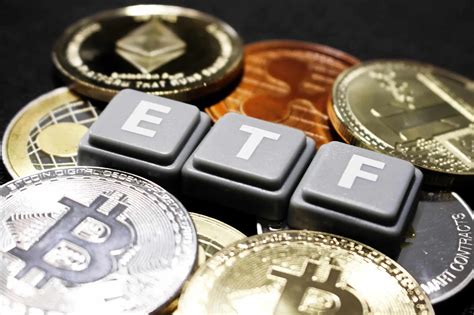Ethereum: A two -way communication protocol between customers
The Ethereum network is a decentralized, open source blockchain platform that allows you to create smart contracts and decentralized applications (DAPPS). One of the main features of Ethereum is its client-server architecture, which allows for two-way communication between customers. In this article, we will go into more detail about how customers interact with each other on different sides of the Ethereum connection.
TCP Connection
When Customer A opens the connection to another customer B, it establishes the TCP (transmission control protocol) connection Port 8333. This is a common practice in network protocols that require communication between multiple parties.
However, the question remains: can both customers use this connection for queries and answers? The answer is yes, but with some limits.
Customer A Questions
When a customer A wants to ask questions or send data to the customer B, this can be done using the created TCP connection. Customer B will reply with the requested information or data back to the customer A.
However, if the customer B has to visit customers outside this local network (i.e. issues that do not include Ethereum Blockchain), the TCP connection is not suitable for two -way communication. In such cases, the customer B should establish a new TCP connection from a local machine to an external server or other customer on the same network.
Customer B Answers
On the other hand, Customer B can send data back to the customer A via the established TCP connection. This is useful if customers exchange information in real time, such as transactions or by sharing files.
However, if the customer B has to ask questions or send queries outside this local network, he would have to establish a new TCP connection from its local machine to an external server or other customer on the same network.
Two -way communication example

Let’s illustrate it with an example. Let’s say we have two customers, Alice and Bob. Customer A wants to ask, “What is my balance?” Real time, while the customer B is currently not connected to the Ethereum network. To connect between them, Alice from the local machine makes a TCP connection in the port 8333.
Customer B can then send queries back to Alice using this connection asking for updates for her balance. If Bob wants to ask Alice’s questions or share it outside this local network, he would have to set up a new TCP connection from his local machine to an external server or other customer on the same network.
In summary, although customers A and B can use their TCP connections and answers and answers, they also have the opportunity to exchange information in real time using these connections. However, if requests are not related to the Ethereum blockchain, new connections must be made from the customer’s local machine to an external server or other customer on the same network.
This two -way communication protocol is an important aspect of the Ethereum platform, allowing customers to interact with each other and facilitate complex applications and decentralized services.

